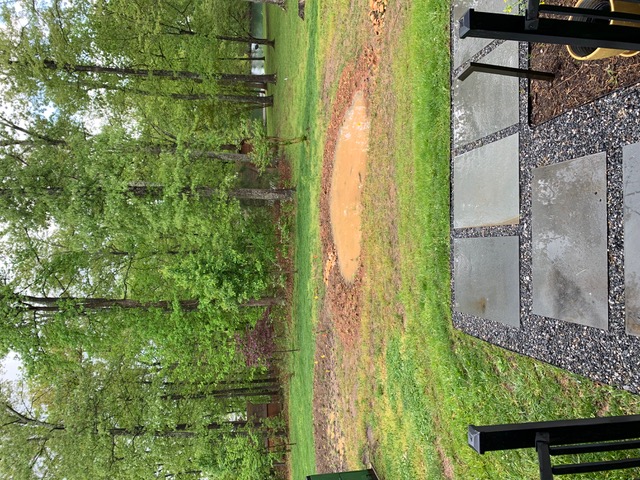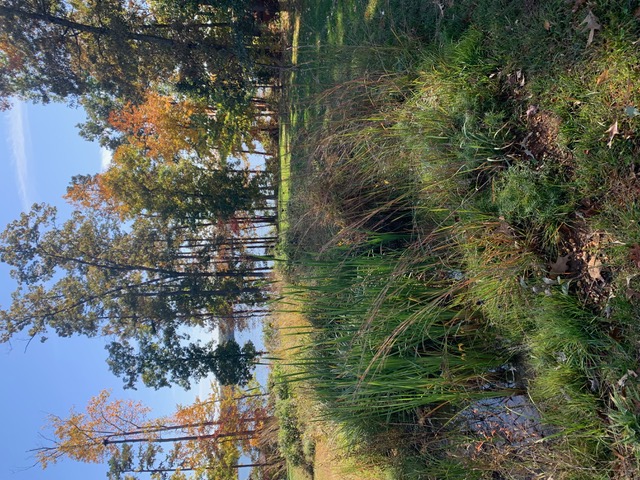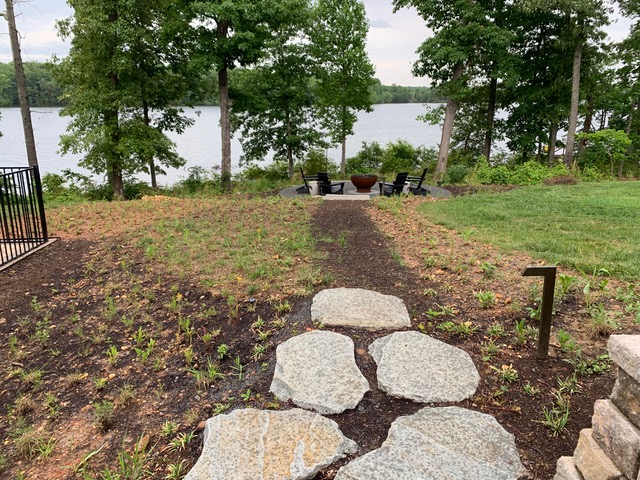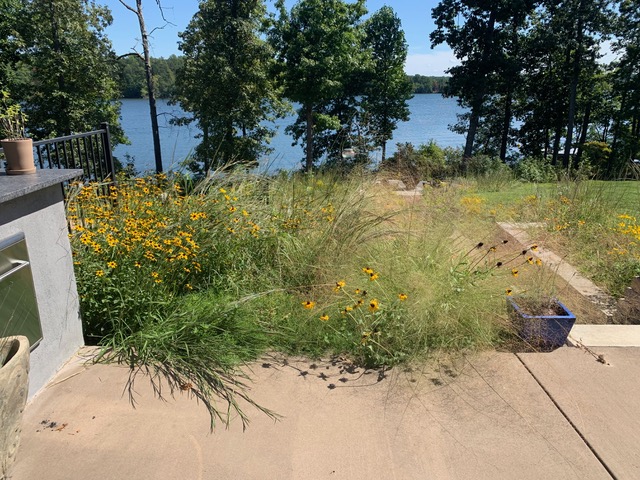By Pamela Hahn – April 2023
Do you know that our environment is at a critical turning point? Don’t worry- I’m not about to start a rant about climate change (that’s for another day). Are you aware that native plants sustain our local fauna who in turn pollinate the plants we need to survive? Did you know that we are currently at risk of losing so many local species that entire ecosystems are in danger.
These native plants produce oxygen and clean water and control flooding and local pests. I don’t know about you- but, in the 6 years I’ve lived here, I have noticed that I am seeing less bees, butterflies and insects in general. Do you remember all the fireflies from your childhood or even from your kid’s childhood? We live in the country- we should be seeing loads of fireflies in the summer. Funny thing- many of these insects are native to our area- but as people cut down the woods, rake up the leaves and replace everything with lawns, we destroy the natural habitat and these insects start to die off.
My husband and I decided when we built our home in 2016 that we wanted to be a part of the solution. We left a large natural riparian forest buffer along our entire waterfront. When our builder said we needed grass to cover our drain field- we seeded and said good luck as we do not use chemicals of any sort in our yard. This led to many weeds and clover overtaking the grass in most places. Interestingly, as these weeds bloomed, the bees began to visit. We went to the nursery and asked for native plantings for our foundation beds. We were naive and trusting and it turned out that most of the plants while propagated in North America, are originally from east Asia. This means that the flowers and berries that these plants produce were not a food source for our fauna and could even possibly kill them.
We moved to the Lake full time in March 2020. It was the first spring we spent at the house. We soon realized that we needed to do more to support the local environment. We were fighting a losing battle trying to grow things by amending our rocky acidic soil. With the world shut down, we now had the time to try to brainstorm a solution to our problem. I recalled a conversation that we had with the winemaker at Barboursville Vineyard the prior winter- the vineyard had recently installed a meadow of native plantings to attract pollinators. I began to wonder if we could do something similar and slowly get rid of any invasive species.
Native plantings means something different to everyone. If you go to most nurseries you will find plants that are native to North America, hybrid plants that have been propagated in the US, and then if you are lucky, you will even find some plants that are native to the Southeast. What if I tell you that you can find plants that are native to within 20 miles of your home? These are the plants that will thrive in your environment. They relish the rocks and clay, the droughts and the rain squalls. These are the plants that our local bees, butterflies and beneficial insects thrive on. These are the plants that we chose to embrace for the majority of our project. Our goal is to follow the mission of https://homegrownnationalpark.org - “to regenerate biodiversity and ecosystem function”.
We began working with https://centerforurbanhabitats.com a year ago to create a new habitat for our local fauna. Our first concern was an area on the side of our house that remained wet for days after every rainstorm.

It was always muddy and slushy and nothing would grow there. This mess became a combination of two large swales. The primary swale is the “wet” swale which can run off into the attached “dry” swale when necessary. To take full advantage of this natural catch basin, we also ran the gutters from our roof into the primary swale. Great side benefit: we no longer have any water issues near the foundation of our house. Less than one year later, our first swale has become a vernal pool providing a habitat for our local frogs and dragonflies while attracting birds, butterflies and other insects.
Less than one year later, our first swale has become a vernal pool providing a habitat for our local frogs and dragonflies while attracting birds, butterflies and other insects.
Did you know that the mid-Atlantic Piedmont is a breeding ground for around 140 species of birds? Sadly, over the past few decades, many of these species have declined due to habitat loss. When I discovered this, I knew we needed to be part of the solution. Part two of our project was to create a meadow in an unconventional area that could provide a habitat for our local birds.  Added benefit- the meadow filters storm runoff which also protects the lake!
Added benefit- the meadow filters storm runoff which also protects the lake!
All the plants that were used are native to within 20 miles of our house. We were shocked at how quickly our gardens sprang to life. One year ago, we had two muddy holes in our side yard and a barren backyard. Now we have diverse plantings that have attracted insects, amphibians and birds to our yard.
To purchase local native plants, check out these sites:
https://twinleafnativenursery.com
https://www.littlebluestem.net
http://www.hummingbirdhillnatives.com
pamela.hahn@lakeannavirginia.org
